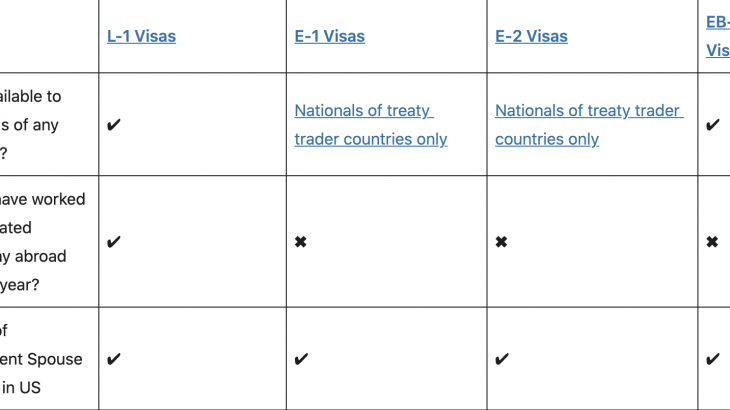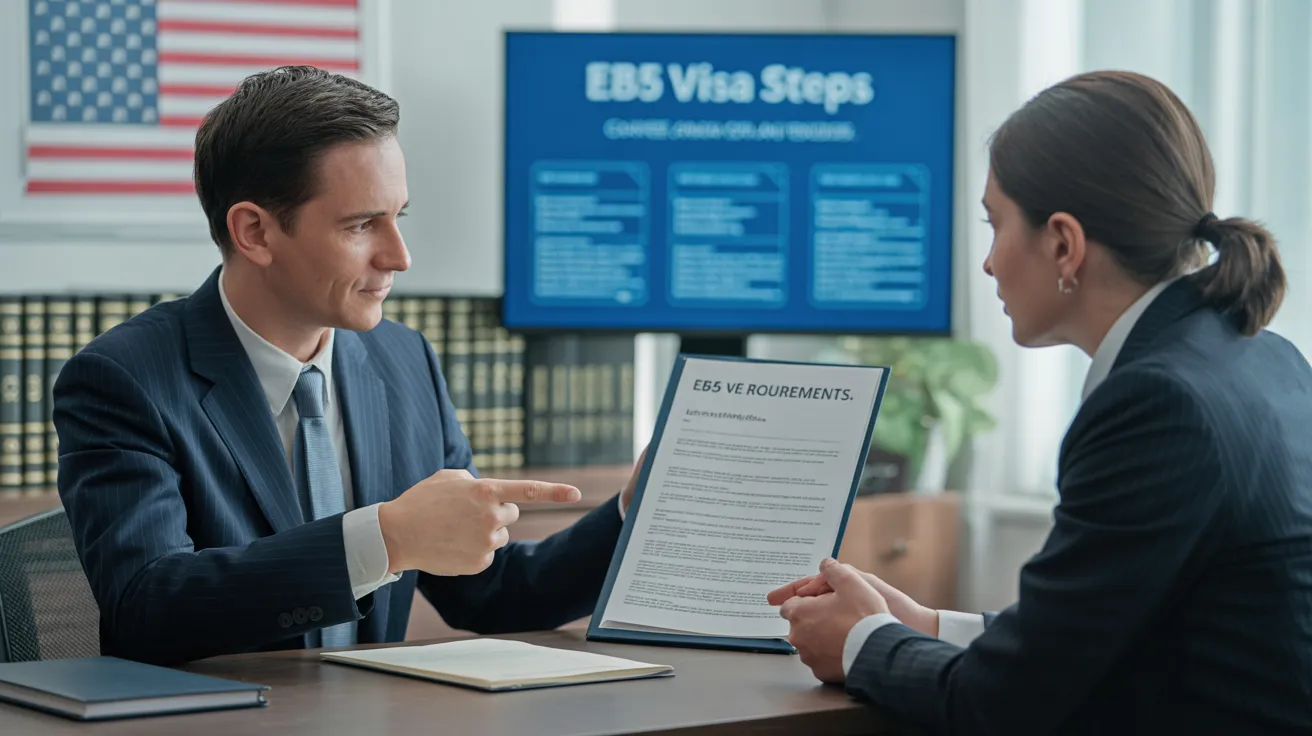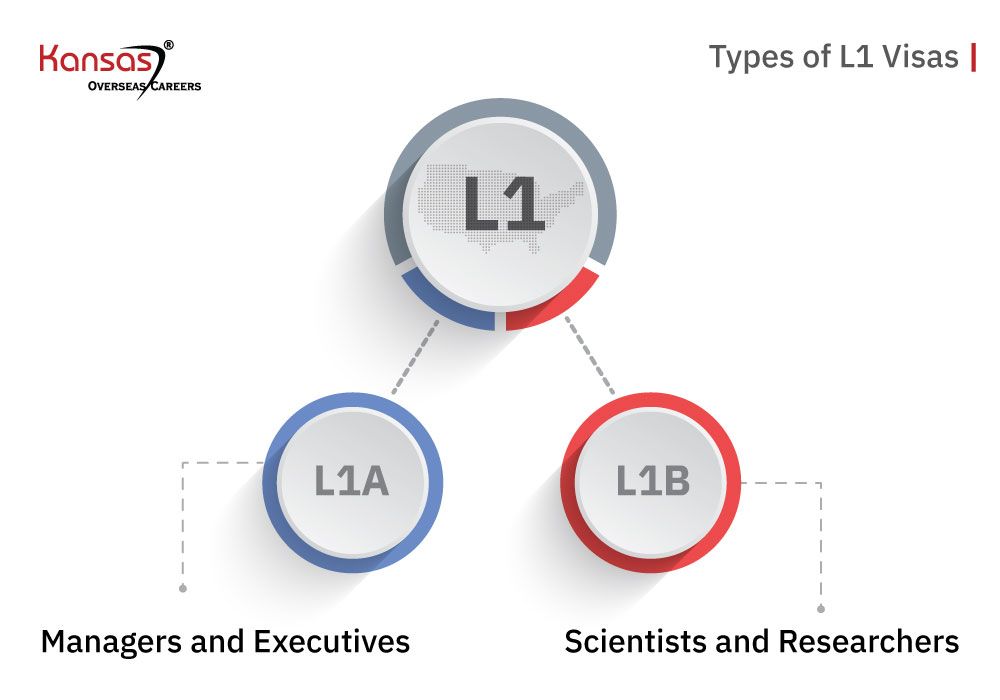L1 Visa for Investors
A Biased View of L1 Visa
Table of ContentsA Biased View of L1 VisaAll about L1 Visa4 Simple Techniques For L1 VisaThe Ultimate Guide To L1 VisaWhat Does L1 Visa Do?Rumored Buzz on L1 Visa
Available from ProQuest Dissertations & Theses Global; Social Science Costs Collection. (2074816399). (PDF). Congress. (PDF). DHS Office of the Inspector General. (PDF). (PDF). "Nonimmigrant Visa Stats". Recovered 2023-03-26. Department of Homeland Protection Workplace of the Examiner General, "Testimonial of Susceptabilities and Potential Abuses of the L-1 Visa Program," "A Mainframe-Size Visa Technicality".
U.S. Division of State. Retrieved 22 August 2016. "Employees paid $1.21 an hour to install Fremont tech company's computers". The Mercury News. 2014-10-22. Retrieved 2023-02-08. Costa, Daniel (November 11, 2014). "Obscure short-lived visas for foreign technology workers dispirit earnings". The Hillside. Tamen, Joan Fleischer (August 10, 2013). "Visa Owners Replace Employees".
More About L1 Visa
In order to be qualified for the L-1 visa, the foreign firm abroad where the Beneficiary was utilized and the U.S. company should have a qualifying partnership at the time of the transfer. The various sorts of certifying partnerships are: 1. Parent-Subsidiary: The Parent indicates a company, corporation, or various other legal entity which has subsidiaries that it possesses and regulates."Subsidiary" implies a company, company, or other lawful entity of which a parent has, straight or indirectly, even more than 50% of the entity, OR possesses much less than 50% but has monitoring control of the entity.
Instance 1: Company A is included in France and uses the Recipient. Company B is incorporated in the united state and wishes to request the Recipient. Company An owns 100% of the shares of Business B.Company A is the Parent and Company B is a subsidiary. Consequently there is a qualifying relationship in between both companies and Business B should have the ability to fund the Beneficiary.
Firm A possesses 40% of Business B. The remaining 60% is possessed and controlled by Company C, which has no connection to Business A.Since Business A and B do not have a parent-subsidiary connection, Business A can not sponsor the Beneficiary for L-1.
Example 3: Company A is incorporated in the U.S. and wishes to request the Beneficiary. Business B is integrated in Indonesia and uses the Recipient. Business A has 40% of Business B. The continuing to be 60% is possessed by Company C, which find out more has no relation to Company A. However, Company A, by official agreement, controls and full takes care of Company B.Since Company An owns less than 50% of Firm B yet takes care of and manages the firm, there is a qualifying parent-subsidiary partnership and Business A can fund the Recipient for L-1.
The 10-Minute Rule for L1 Visa
Firm B is incorporated in the United state
The Of L1 Visa

The L-1 visa is an employment-based visa category established by Congress in 1970, permitting multinational companies to transfer their managers, executives, or crucial employees to their United state procedures. It is commonly referred to as the intracompany transferee visa.

Furthermore, the beneficiary should have worked in a supervisory, exec, or specialized worker setting for one year within the 3 years coming before the L-1A application in the international firm. For brand-new workplace applications, international employment needs to have remained in a supervisory or executive ability if the beneficiary is coming to the USA to function as a supervisor or executive.
The Of L1 Visa

If granted for an U.S. business functional for greater than one year, the preliminary L-1B visa is for approximately three years and can be prolonged for an additional 2 years (L1 Visa). On the other hand, if the united state business is newly developed or has been functional for less than one year, the preliminary L-1B visa is released for one year, with extensions readily available in two-year increments
The L-1 visa is an employment-based visa classification developed by Congress in 1970, allowing multinational firms to transfer their supervisors, execs, or key workers to their U.S. procedures. It is generally described as the intracompany transferee visa. There are 2 major types of L-1 visas: L-1A and L-1B. These types appropriate for staff members hired in different settings within a business.
Some Known Questions About L1 Visa.
Additionally, the recipient must have operated in a supervisory, executive, or specialized worker setting for one year within the three years coming before the L-1A application in the foreign firm. For new office applications, foreign work has to have remained in a supervisory or executive ability if the recipient is concerning the United States to work as a supervisor or exec.
for approximately seven years to supervise the operations of the U.S. affiliate as an exec or supervisor. If provided for an U.S. business that has find out more been functional for greater than one year, the L-1A visa is originally provided for up to three years and can be extended in two-year increments.
If given for an U.S. company operational for greater than one year, the preliminary L-1B visa is for as much as 3 years and can be prolonged for an additional 2 years. On the other hand, if the U.S. company is freshly established or has been functional for much less than one year, the preliminary L-1B visa is issued for one year, with expansions readily available in two-year increments.